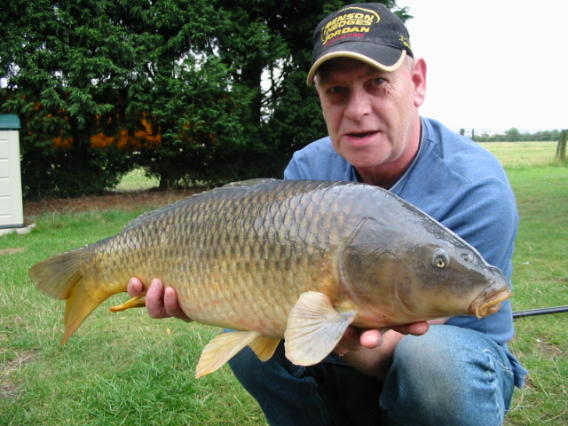Carp Hook Tactics
With so many different sizes of hooks available it can be a difficult decision to know what size would be needed for which baits. However, no matter which size of hook is selected there’s always a chance a carp can see it, remember if we can see it then carp will probably see it too!
Most carp fishing tactics today require the angler to hide the rig end tackle. The same is true with hook, the more it is hidden the better our chance of a take. So what tactics can we implement to help cover up the hook, well we could start by using the smallest hook we can comfortably get away with for the size of the hook bait. Remember, a larger hook is not just more visible to the carp it will also weigh more. We may not notice this much but carp have sharper senses than humans and could make the difference between a fish dropping the bait and taking it with confidence. The only downside to using a smaller hook is a reduced hooking potential, being harder to set the hook in the mouth. There is also more chance the fish could eject the hook successfully after a take, even when using a blow back rig. Also a smaller, thinner hook will be weaker and may mean losing more fish during the play, however this could be accounted for by playing the fish in a gentle manner. Even with these potential problems when using smaller hooks I would much prefer more carp taking my hook bait confidently than knowing those crafty, wary carp are feeding on all my free offerings and refusing the hook bait!
There are other tactics we can incorporate into hiding the hook. Fishing on weed or silt may help hide a hook better than fishing on clear patches or gravel. The only problem with this is care should be taken to limit the chance of the hook point penetrating parts of weed and stopping the point entering the carp’s mouth.
Try looking at the colour of the hook. Those old and shiny hooks may reflect sunlight on a bright day and become clearly visible, even when lying on the bottom. Using Teflon coated hooks can help limit any light reflections, although I did notice these tend to be thicker and wary carp may notice the weight. If you need a hook colour that will best suit the bottom try using a permanent marker or use the correct colour of rig tube over the shank and eye of hook. If fishing on weed then wrapping a small piece of weed around the shank so it blends in better with the bottom may be more effective.
Try using hook skins to camouflage the hook. These are thin; little rubbers that look a bit, like small worms. The one end passes over the point of a hook and slides around the bend, a bit like putting on a sock. They can be pushed on enough to cover all the shank and part of the bend but still leaves the point of the hook exposed enough to penetrate a carp’s mouth. They are available in a few different colours from most good tackle shops.
The bottom line is use every trick possible to help cover up those hooks!
Basic Information on Carp Hooks
Carp Hook Patterns - What they for?
Hook Sizes Used
Other Carp Fishing Advice:
How to locate Shoals of Carp in the Springtime
How to Locate Big Fish in Local Lakes During Summer
What are the Best Baits for Catching Big Carp?
What is the Ideal Length for Hair Rigs Making Carp Rigs
How Does Raining Affect Carp Feeding Patterns?
Fishing Reports on Linears Lakes - Hardwick & Smiths
How to Stalk for Large Carp in the Margins
Can We catch Big Carp On Cheap Bait?
